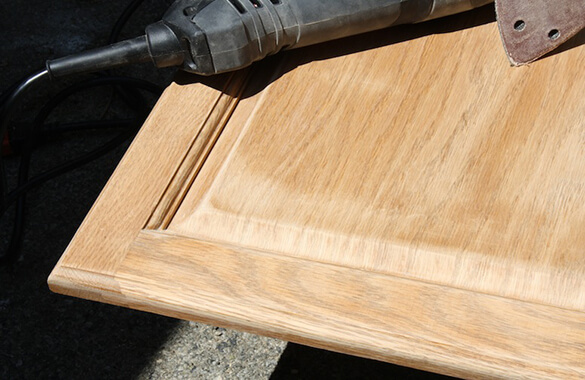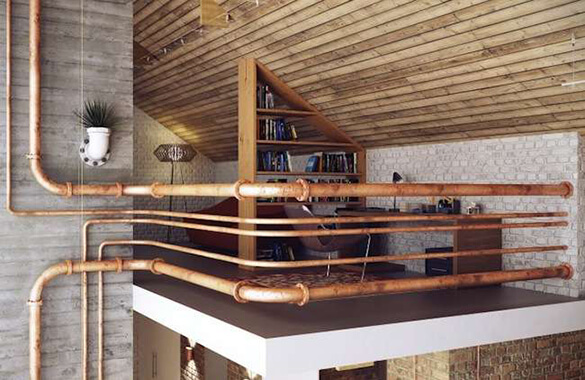This is the second article in the “Remodeling 101” series. The first article discussed the benefits of remodeling all or part of your basement (makes it safer, increases your home’s resale value, and revamps features to fit changing needs). In this article we’ll explore ways to make changes without running up huge bills.
Cost-Effective Design
Don’t replace, refinish! If changes to cabinets are in your plans, take a close look at whether you can remodel without replacing them. It is much less expensive to replace worn hinges, change knobs and add a coat of paint. Also consider changing the cabinet doors and leaving the rest of each cabinet in place. It may create the look you desire. A similarly quick and easy way to improve the appearance of your basement is to add an egress window well to an existing well. Similar to refinishing cabinets, adding an egress window quickly transforms the appearance of your basement.
Use standard measurements. Wherever possible, plan so that the dimensions for changes made fit standard material measurements. For example, standard measurements for paneling are four feet by eight feet. Wall studs, then, could measure either 16 inches or 24 inches from center to center to accommodate the panels. If you need to add windows or doors, conventional sizes are the least expensive.
Cut the doors! If your remodeling plans include nooks that function well without doors, there’s a cash saver right there! Every door requires not only the door itself but also the door knob, door jamb and casing as well as costs of labor to install and paint the door and trim. Plus, without a door, you actually have more usable wall and floor space.
Consult an architect. Rather than having an architect design your entire remodeling project, ask for just one consultation to address the tasks that are the most problematic. A single consultation with an architect to have him or her draw sketches of the best ways to change the placement of an inner wall, move a door or add an egress window, for example, can be invaluable. Choose an architect who will do this work for a flat fee, not an hourly rate or a fee based on projected costs of the entire project. Once you have the sketches, you can either give them to your remodeling contractor or take them to a drafting service to convert the sketches into formal plans for your use.
Disguise pipes and ductwork. A simple way to make pipes and ductwork less noticeable without paying to cover them up is to paint them. Acrylic latex paint and primer work well on plastic pipes and also will adhere to copper. For galvanized metal ductwork, you will need oil-based paint and primer. Surfaces need to be free of dirt and oil before you begin. Wipe galvanized ductwork with paint thinner before you apply primer.
Choose an inexpensive floor finish. There are several types of paint for concrete floors, including one that provides a non-skid surface. Seal all cracks before painting, and look for paint that provides a durable finish. Add a throw rug or area rug with non-slip backing for a decorative touch. Another low-cost option in remodeling basement floors is to apply “peel-and-stick” vinyl tiles. These come in rectangles as well as squares and require no glue. They can be installed over wood, vinyl or concrete. Alternatively, go up one level to interlocking tiles. Many interlocking tiles have their own backing or underlayment. They work well over uneven surfaces and are removable.
Shop the sales. If you are making the remodeling purchases yourself, look for sales. Sometimes showrooms offer their floor displays at greatly discounted prices. Surplus inventory and contractor overstock provide opportunities to save money. Auctions, yard sales and online shopping are other avenues to find what you want while keeping costs low.
Most importantly – stay within your budget. Get together with your family to decide how you want your remodeled basement to look. Then decide which cost-saving ideas fit best. Once you decide how much you can afford to spend, stay within your budget. Free from worry about how to pay the bills, you and your family will be able to relax and enjoy the results of your efforts.

